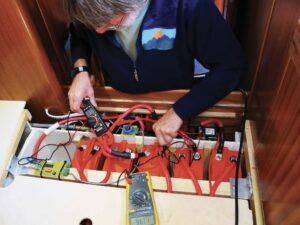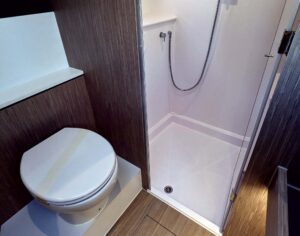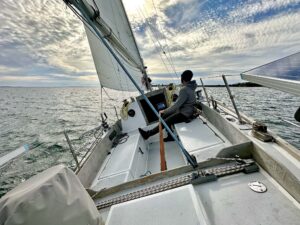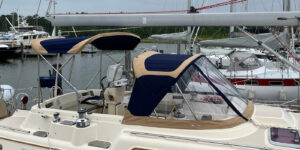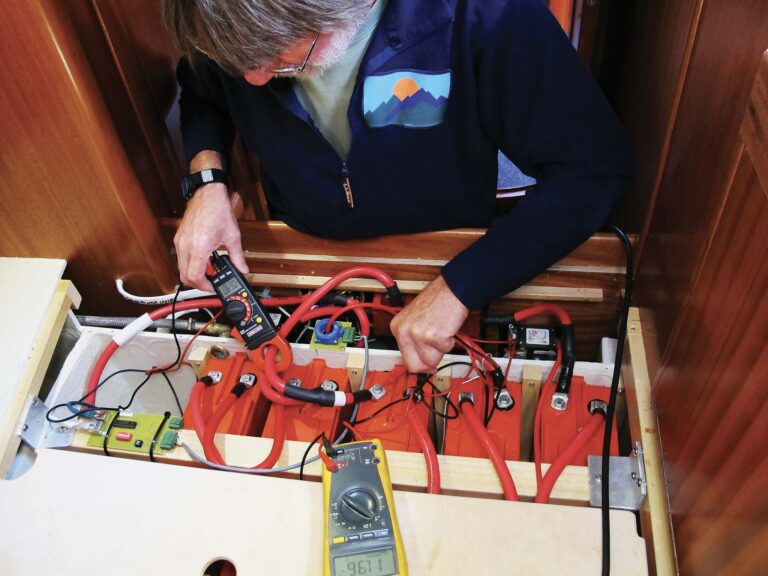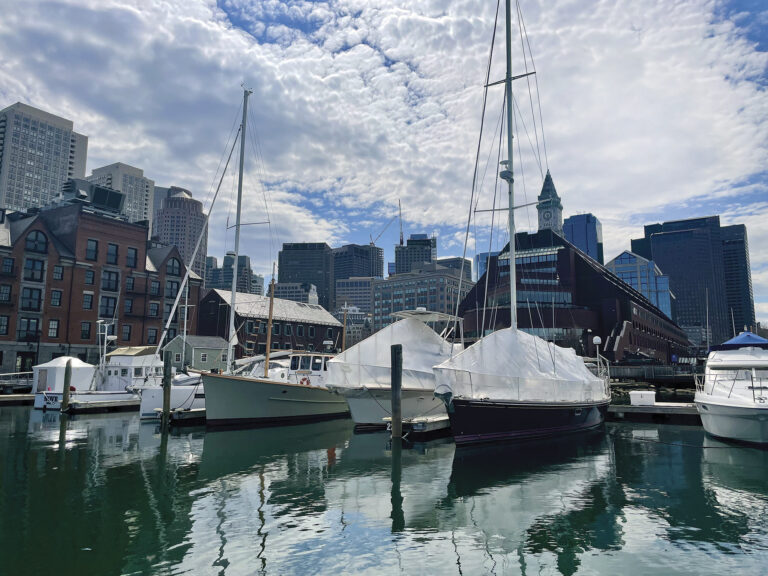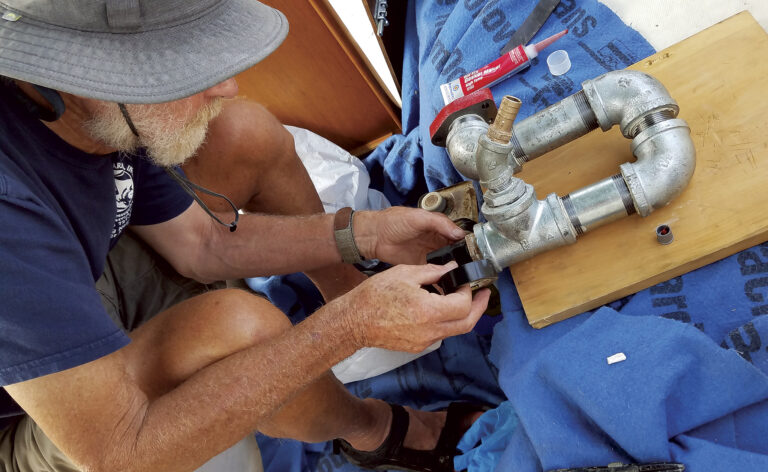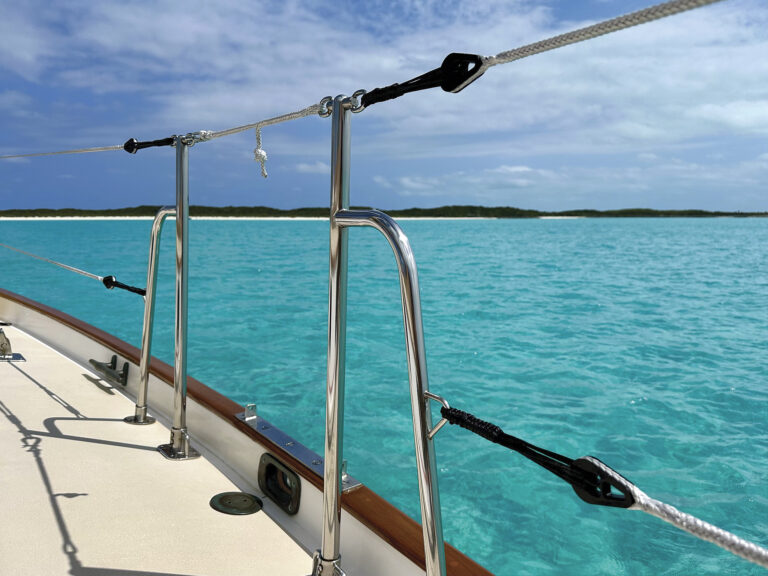Q: My crew and I have been debating the location of telltales on our boat, a 30-footer we race only casually. We’ve already got telltales on the luff of the genoa and on the trailing edge of the main. The question is whether it makes sense to have telltales elsewhere, like in the belly of the mainsail.
Margret Price, Waterville, MI
BRIAN HANCOCK REPLIES
That’s a good question and one that can be answered two ways. Telltales are there to show you how the wind is flowing across your sail, and the two locations where you already have telltales are the most important. You need telltales along the luff of your genoa or jib to show you just how close you can sail to the wind. (Ganted, you will be able to see the sail starting to back if you try and sail too high, but telltales are light and will indicate a stalling sail much sooner than the sail itself.) Similarly, telltales along the leech of your main are important because it’s the back end of that sail that works with the keel to provide lift when sailing to windward. Therefore, it’s critical to have these early warning signals to let you know if your main is set right or starting to stall out, bleeding off power.
Having said that, what harm is there to adding telltales all over the sail? Surely the more you know about the wind flow across your sail the better? However, I don’t think that’s really true, and I think that having too many telltales can be confusing and distract from the two very important sets that have just been described. With that in mind, you may want to add a set along the luff of the mainsail, but that’s about all you need. Less is more, as they say.
July 2016

